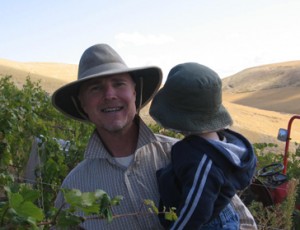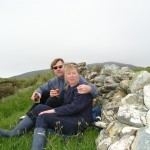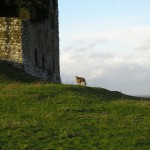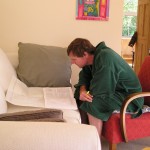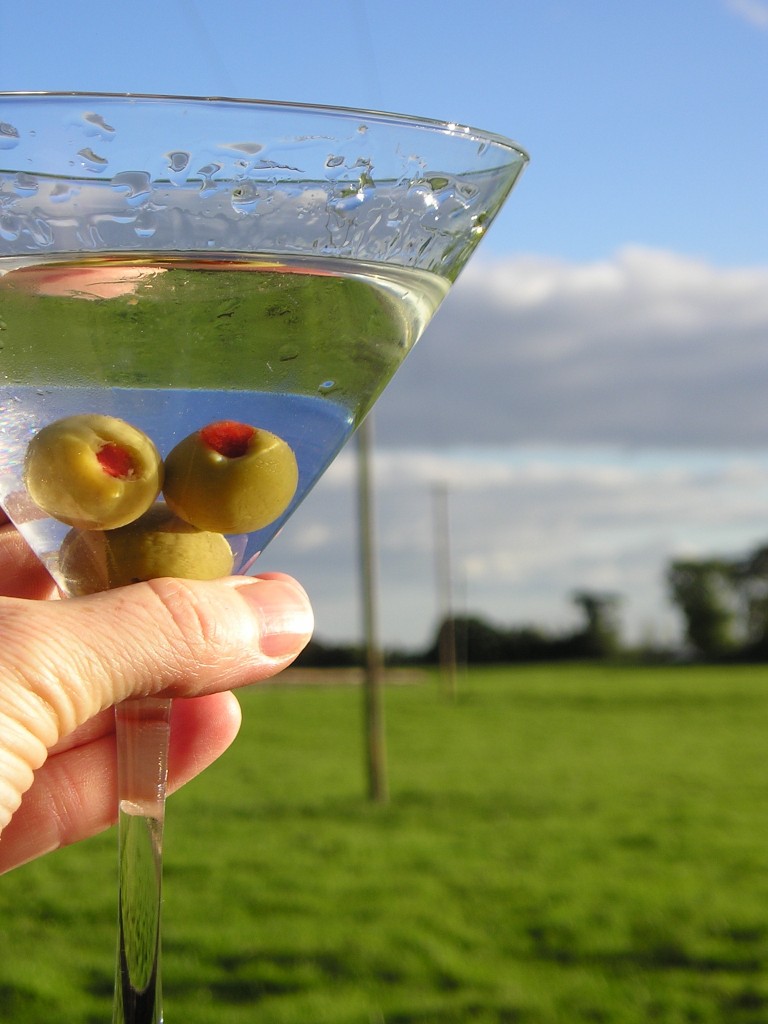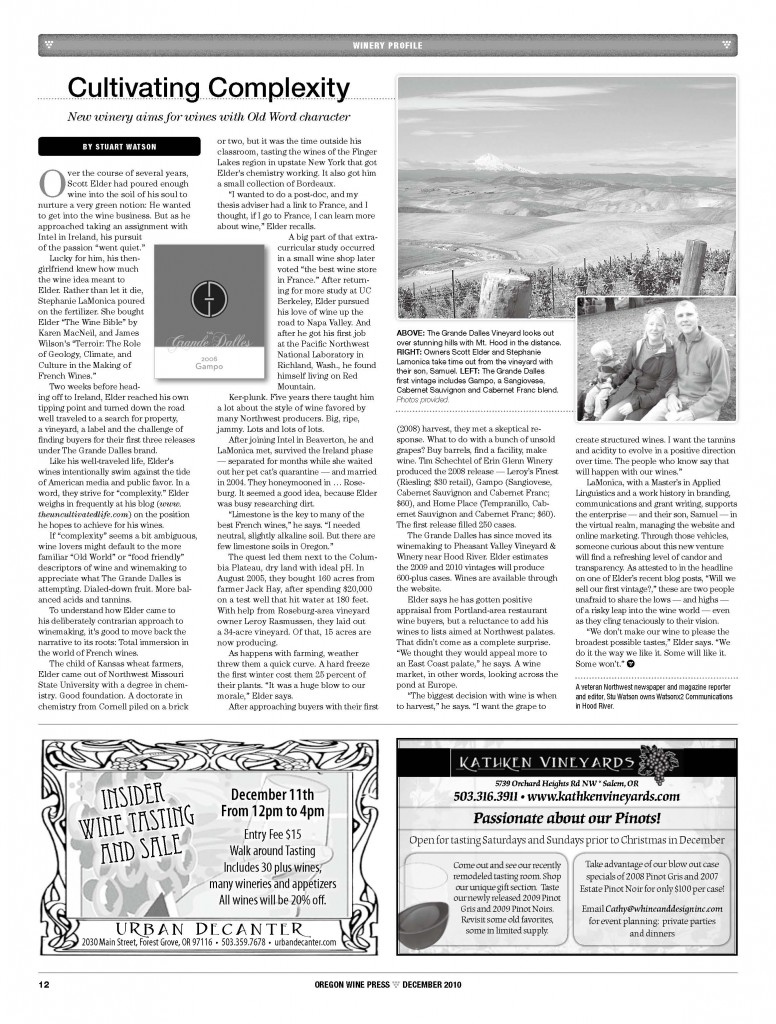When it gets to a certain point, you know one day when the phone rings it will be to tell you. But just because you expect it, doesn’t make it any easier when the call arrives. We got that call yesterday: Leroy had passed away.
Leroy Rasmussen, 82 years old. The first person who ever really believed in our endeavor with a clear conscience. A man whose entire life had been in the vineyard, until his health took him from it. Leroy Rasmussen, whose own Red Hill Douglas County AVA riesling cuttings are the reason for our Leroy’s Finest wine. Leroy Rasmussen, our straight-shooting, salt-of-the-earth cowboy vineyard consultant is no more.
Some time ago we had lost track of Leroy–his health deteriorating so that he was moved very quickly from the area, back to more his home place of Nebraska. After some e-sleuthing, I did locate him and we corresponded with his wife last holiday season. I had high hopes that Leroy might recover, but he did not.
Until I can get more of my thoughts in line, where my emotions are not getting the best of me as I write, I’ll leave you with this story of Leroy, one I wrote last year.
*******
Leroy Rasmussen, The Grande Dalles Cowboy Vineyard Manager
We often think Leroy’s life is the stuff made for Hollywood: upon his return from the Korean War, a young man from the dusty ranges of Nebraska sets out on his own, taking his family to California. The initial plan falls through, and he gets into the grape business. It’s the 1950s. And in his lifetime, he not only teaches a young Marvin Shanken—pre-Wine Spectator—the word malolactic fermentation, he plants 1000s of acres in Sonoma, and then, years later, establishes a single-vineyard AVA—Red Hill, Douglas County—in Oregon. Leroy was a true salt-of-the-earth man, and out-of-the-box thinker. And he was our “cowboy” vineyard consultant.



